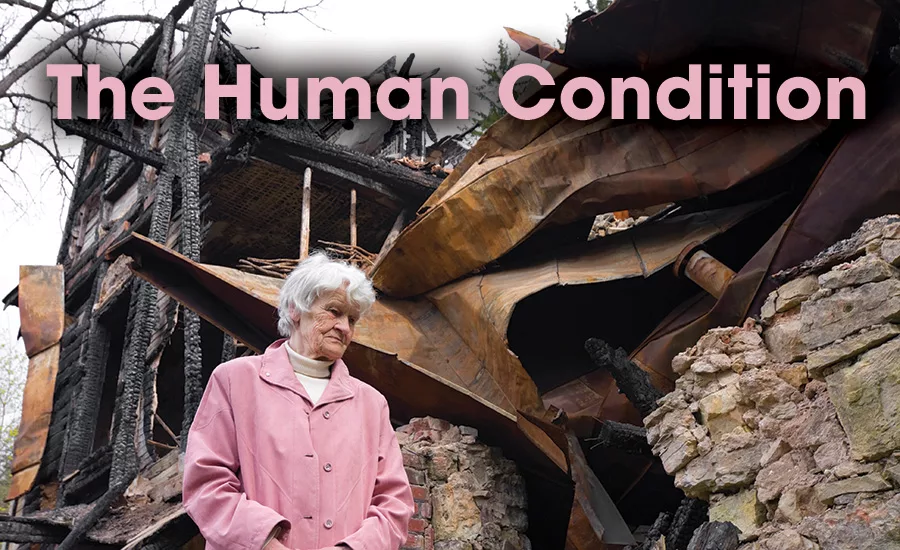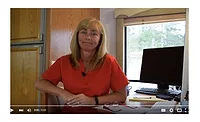Contents Corner
Restorers: Caretakers of the Human Condition

“As restoration professionals, we are caretakers of the human condition.”
– Jeff Jones, Founder, BioSheen Services | Director, Forensic Services, GBAC
I have felt so very fortunate to spend the last 20+ years doing what I love: helping others in their time of need and giving them hope for a better tomorrow.
That is what we do as restoration professionals. We provide hope. Some would say we dry out structures, clean contents, deodorize, rip out sheetrock, and restore things to pre-loss condition.
I disagree. It is so much more than that.
Within a very short time in the industry, it dawned on me that cleaning the toaster or drying out the basement wasn’t the critical part of a job. It was walking those affected affected by the event through the emotional process that has to be traveled in order for them to mentally heal and return to pre-loss condition themselves.
A friend and colleague in the industry, Jeff Jones, the Director of Forensic Operations for the Global Biorisk Advisory Council, and I were talking the other day and he said it so perfectly when describing what we do as restorers. He said “we are caretakers of the human condition.” I couldn’t agree more.
The handling of someone’s personal belongings or contents on a loss is extremely personal and emotional. Often, people feel vulnerable, exposed, angry, sad, hopeless, and even violated when they find themselves needing to turn over their life full of memories to complete strangers in hopes that they will one day have them returned.
As Jeff said, this is where we as “caretakers” come in to help our clients navigate the process. From the very start of that process, your clients need to have a voice and be heard. They need to know that their concerns, unknowns, and fears will be taken seriously.
I have found that in order to accomplish this with clients, there are three key things you must do.
1. Let Them Tell Their Story
I will never forget showing up to a house that had a fire the night before and watching as the fire inspector and insurance adjuster talked to each other about what had happened as if the homeowner wasn’t there standing right next to them.
The homeowner made eye contact with me. I saw the pain and uncertainty in her eyes and decided ask her if she could tell me what happened. Suddenly, she started crying and shared the story of how the fire started and how she got her kids out of the house and called 911. As she talked uninterrupted for about 15 minutes, you could visibly see her stand a little taller and her body relaxed. She stopped suddenly and said, “Thank you for asking. You are the only one who has.” She finally felt as she had a voice in what was happening to her life and that gave her a sense of hope and control.
2. Acknowledge Their Pain
I am constantly fascinated by how much importance we as people put on physical material things. Primarily, it is because we associate a memory or a feeling with an item and then that item becomes a part of our life story. When an item that has great sentimental or emotional attachment to it is destroyed or lost, the physical reaction of pain can be very intense.
One homeowner I was on a job with lost her mother’s wedding dress in the fire. It was 60 years old. At the time, her mom was in a nursing home with not much longer to live. Her pain had nothing to do with the dress itself and everything to do with losing a piece of her mom and getting hit with the reality of soon losing her mother entirely.
I told her I was so sorry for her loss of the dress and that I wished there was something more I could do. She was afraid I would think she was being silly for crying over an old dress. I reassured her I understood it wasn’t just a dress; I acknowledged her pain with my words and actions and this allowed her to do the same for herself.
3. Educate with Compassion and Grace
Education is vital for someone to understand how to move through an event that turns their life upside down and come out the other side with the best possible result. So many times homeowners will say to me, “I know this is a stupid question but …”?
A very powerful way to give someone a sense of control is to educate them. Let them feel informed. A good way to do this is to have a question and answer guide to hand to your client that will address the most common questions homeowners have in this type of situation. Usually, this will answer questions or concerns they hadn’t even thought of yet. Make sure they are aware of resources that are out there for them with contact information so they can start replacing important documents, identifications, etc. This will in turn give them something to do so they can feel productive and not helpless.
Last but not least, give your clients grace in all situations. Grace means serving them with kindness, favor, and goodwill, even if they are sometimes not very deserving of that. If you have done any restoration work at this point, and have dealt with a client in a difficult situation like a fire, you know what I am talking about.
Someone going through an event like this may be unreasonable at times. They may blame you for something out of your control. Or even become irrational in their expectations. This is where they need us to show them grace the most. Orchestrate their experience and gracefully guide them through the process.
There is no greater accomplishment in this industry than to be of service to others. So the next time you find yourself on your way to an event that has caused a loss, remember who you are and what you are there to do.
I wish I had come up with what I feel is the best, most eloquent way to sum up what we do as restoration warriors, but I am glad that someone did: “Always remember we are caretakers of the human condition.”
Looking for a reprint of this article?
From high-res PDFs to custom plaques, order your copy today!








